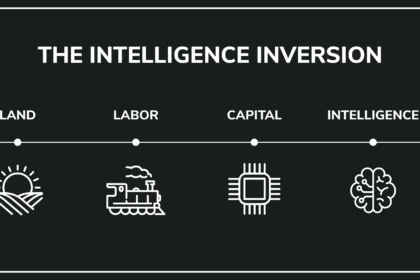In a bold move to secure a foothold in the global AI race, four UK universities have announced the creation of an AI “nerve centre” a joint facility designed to train safer, more transparent AI models while giving startups access to high-performance compute. The universities of Cambridge, Oxford, Edinburgh, and Imperial College London are pooling resources in what they call a once-in-a-generation collaboration.
What Is an AI “Nerve Centre”?
The project, officially named the National AI Safety and Innovation Hub, will serve as both a research laboratory and a national resource. Instead of every institution building siloed infrastructure, the centre will combine computing power, datasets, and expertise in one location. Researchers will use it to stress-test AI models for safety risks, while startups will be able to run large-scale experiments without having to pay Silicon Valley cloud prices.
Why the UK Is Doing This Now
The UK has ambitions of becoming a leader in AI regulation and safety research. Last year’s AI Safety Summit at Bletchley Park was symbolic, but critics argued the UK lacked real infrastructure to back up the talk. This new centre directly responds to that gap. By bringing universities together, the government hopes to prove Britain can lead not just in policy but also in practical, cutting-edge AI development.
How It Helps Startups
AI startups often hit a wall: training costs. Renting GPU clusters from big cloud providers like AWS or Google Cloud is prohibitively expensive. With access to shared national infrastructure, small companies can compete on more equal terms. This move could strengthen the UK’s startup ecosystem, helping it retain talent that might otherwise head overseas.
What About Safety?
One of the centre’s priorities is safety benchmarking. That means testing how models handle misinformation, bias, or malicious use. Researchers plan to create open-source evaluation tools so anyone regulators, journalists, even citizens can measure claims made by AI companies. If successful, this could set global standards for how AI risks are assessed.
Challenges Ahead
Of course, challenges remain. Coordinating across four universities is no small feat. Questions around governance, funding, and intellectual property need to be ironed out. There’s also the issue of scale: even pooled university resources may pale compared to the compute clusters run by tech giants. And then there’s the politics convincing the UK Treasury to keep funding consistent through election cycles will be a test in itself.
How This Fits Into the Global AI Race
The U.S. has the strongest private-sector labs. The EU is moving forward with regulation through the AI Act. China is pouring billions into national AI infrastructure. By contrast, the UK has played up its role as a “neutral broker” on AI safety. This centre is its shot at showing leadership through action not just diplomacy.
What to Watch Next
The hub is expected to begin pilot operations in 2026, with early projects including AI safety testing for healthcare applications and supply chain optimization. Policymakers are also eyeing whether the model could be replicated in other domains like biotech or quantum computing. If the hub works, it could spark a new model for pan-university collaboration worldwide.
My Take
I think this is one of the smartest moves the UK has made in AI policy. Instead of just talking about safety, it’s building infrastructure that makes safety research possible. If startups can also benefit, it’s a double win. The only risk is that without long-term political will, the project fizzles into another half-funded initiative. But if the UK sticks with it, this could become a signature achievement proving that smaller nations can innovate in AI not by competing with Silicon Valley, but by carving out leadership in trust and safety.







